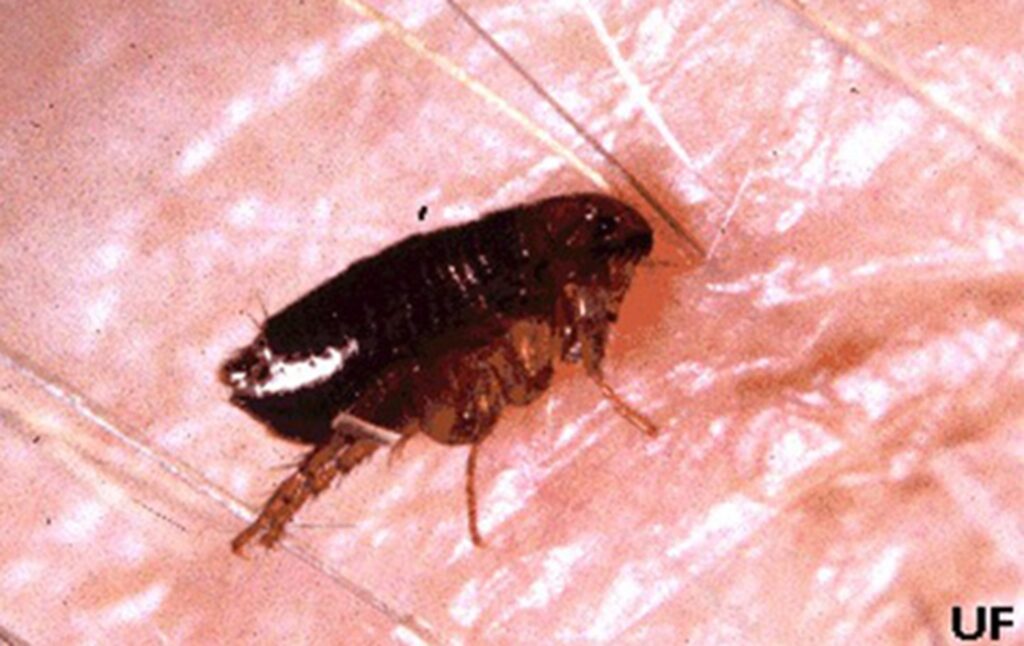Protecting Your Pets from Fleas and Ticks
As pet owners, we always want to make sure that the health and well-being of our fur-babies is a top priority. One of the most common challenges we face is protecting them from fleas and ticks, which can cause a range of health issues, from skin irritations to more serious diseases.
In this article, we will discuss the importance of flea and tick prevention, as well as the signs of infestation, and effective preventive measures to keep your pets safe and healthy.

Let’s start with those small, flightless parasites that feed on the blood of warm-blooded animals. Fleas are hard to control because once they find your pet, they will use them as a perfect host to lay their eggs. Hitching a ride and feeding on their host! Once this happens, they enter your home via your own pet and the next thing you know they start laying eggs
in your carpeting, bedding and furniture. Since the eggs and larvae are nearly impossible to see with the naked eye, you often won’t know that you’ll soon have a flea infestation.
Flea reproduction can happen rapidly. A flea’s life cycle consists of four stages.
- Egg – During this stage, a single flea can lay up to 50 eggs per day
- Larva – It hatches from the egg and feeds on organic debris in the environment
- Pupa – During the next stage, larva develops inside the cocoon before emerging as an adult flea
- Adult – Finally, the flea emerges and begins seeking a host to feed on
Something important to remember about fleas is that just because they don’t have wings, doesn’t mean they can’t fly…so to speak. They have a great ability to jump long distances.

From one blood-sucking pest to another. Ticks often are carried into an area by hosts such as mice, deer, or other mammals, including people!
Unlike most other bugs that bite, ticks typically stay attached to the body of their host, in this case your pets, after they bite. After days of drawing blood, an engorged tick can detach itself and fall off. Even ticks can get full!
When we think about Lyme disease, we usually think about just us humans. Of course, it can cause stiffness, lameness, swollen joints, loss of appetite, fever and fatigue. Your pets are also at risk of contracting this terrible disease. The signature rash of a Lyme tick bite looks like a solid red oval or a bullseye. It can appear anywhere on your body. The bullseye has a central red spot, which is surrounded by a clear circle with a wide red circle on the outside. The rash is flat and usually doesn’t itch.
Other common health-related tick issues include: Ehrlichiosis, which causes anemia, bleeding, fever, weight loss, and organ damage. Anaplasmosis, which affects white blood cells or platelets and causes fever, joint pain, vomiting, and seizures. Rocky Mountain Spotted Fever, which causes fever, rash, joint pain, and neurological problems. Babesiosis, which destroys red blood cells and causes anemia, jaundice, and organ failure.
Ticks are more similar to spiders and scorpions, rather than other to common insects. To make matters more horrifying, there are over 850 species of ticks!


Nearly $3 billion is spent annually on flea and tick-related veterinarian bills and it is estimated that around $350 million is spent every year on professional flea and tick control.
Dealing with fleas and ticks can be an overwhelming situation, especially when your furry friends have become irritated, or even worse, seriously ill. While ticks do not tend to reproduce inside, fleas certainly do! That’s when Massey Services’ Pest Specialists step in. Our professionals are trained to eliminate existing flea and tick infestations and provide preventive services on the exterior of your home.